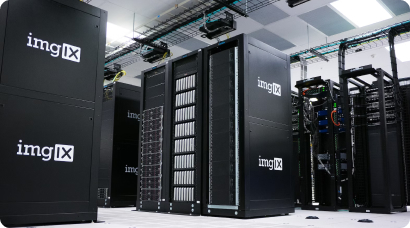The rapid growth of urbanization has led to an increased demand for efficient and sustainable infrastructure deployment in cities worldwide. With the advent of the Internet of Things (IoT) devices, sensors, and communication networks, city administrators are now able to transform urban landscapes into smart cities.
This blog discusses the role of infrastructure deployment and AI analytics in creating smart cities, with a focus on Fieldforce’s software platform that specializes in this domain. Fieldforce’s platform enables efficient infrastructure deployment of IoT devices, sensors, and communication networks, while also providing AI predictive capabilities to optimize urban planning and resource management.
Infrastructure Deployment for Smart Cities
The implementation of IoT devices, sensors, and communication networks is crucial for the development of smart cities. These components are instrumental in creating interconnected ecosystems that allow city administrators to optimize urban planning, resource management, and public services.
The deployment of smart infrastructure and AI analytics also presents several challenges, including:
Cost and funding
The deployment of smart infrastructure and AI analytics requires significant investment and ongoing maintenance costs, which can be a challenge for cities with limited budgets.
Privacy and security
The use of IoT devices and sensors creates new cybersecurity risks and privacy concerns for residents, requiring robust security measures to protect sensitive data.
Infrastructure compatibility
The integration of various IoT devices and sensors from different manufacturers can lead to compatibility issues, requiring careful planning and implementation.

Our software platform streamlines the deployment of infrastructure by providing:
Scalable and flexible deployment
The platform is designed to be scalable and adaptable, allowing for the smooth deployment, expansion or modification of a city's smart infrastructure as needed.
IoT device and sensor management
The platform enables the seamless integration of various IoT devices and sensors, facilitating efficient data collection and monitoring across a city's infrastructure.
Communication network management
Our platform supports the integration of multiple communication protocols, ensuring uninterrupted connectivity for all connected devices.

AI in the global smart cities market is expected to grow at CAGR of 19%

AI Analytics for Smart Cities
Harnessing the power of AI analytics, our software platform offers predictive capabilities that enable city administrators to optimize urban planning, resource management, and public services. Key features include
Data aggregation and analysis
The platform collects and analyzes data from various sources, such as IoT devices, sensors, and communication networks, providing actionable insights for informed decision-making.
Predictive modeling
Leveraging machine learning algorithms, the platform generates predictive models to forecast and anticipate urban challenges such as traffic congestion, energy consumption, and waste management.
Decision support
The platform's AI-driven decision support system guides city administrators in making informed decisions based on real-time data and predictive analytics.
Automated anomaly detection
Our platform identifies anomalies and potential issues in the urban environment, alerting administrators and managers to take preemptive measures and ensure the smooth functioning of a smart city.
Integration-ready to external AI applications
In addition to our native AI capabilities, our platform can integrate to the majority of AI applications through APIs which can enhance the overall capabilities by order of magnitude.











